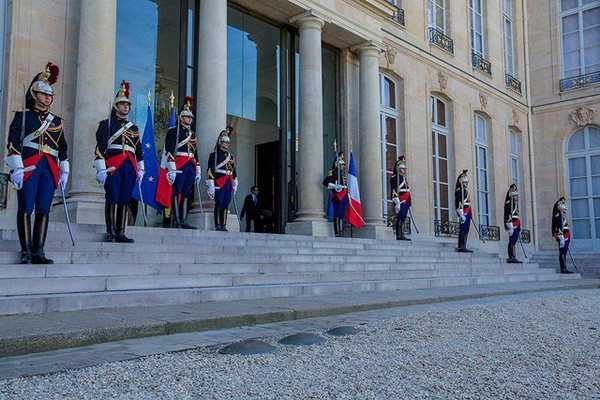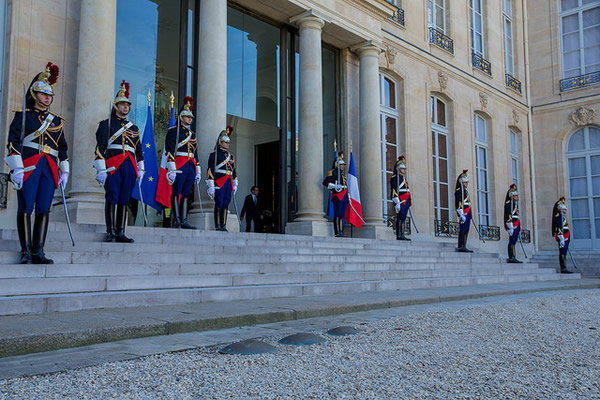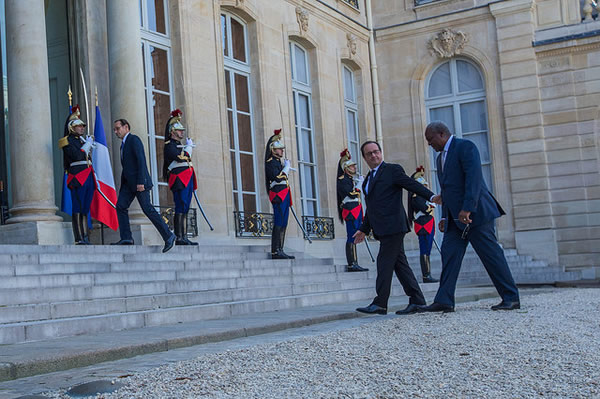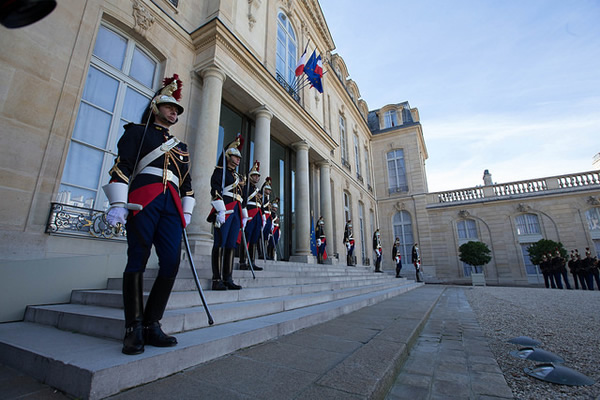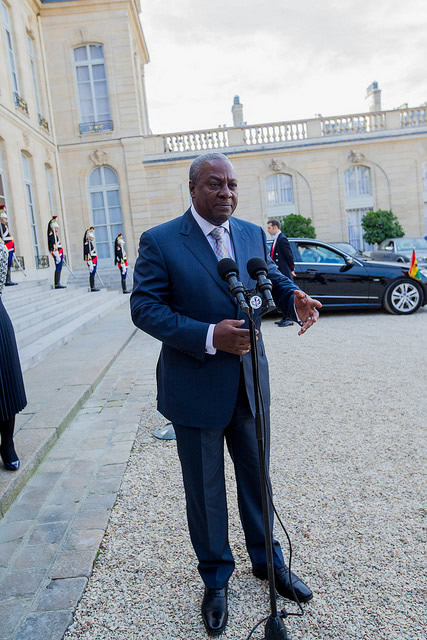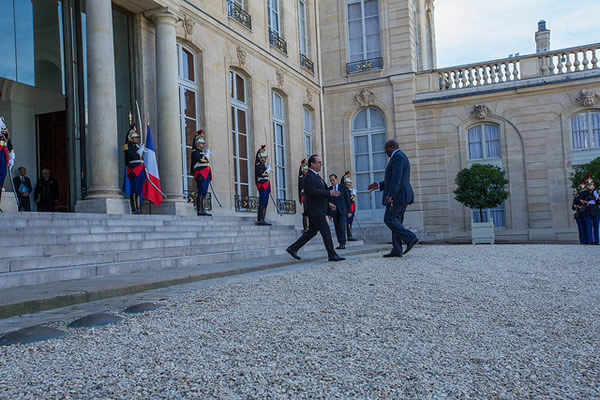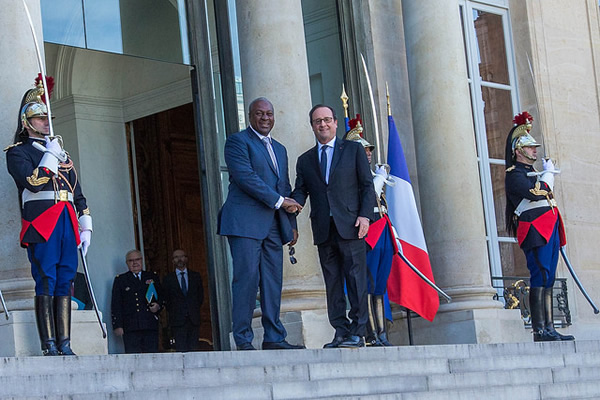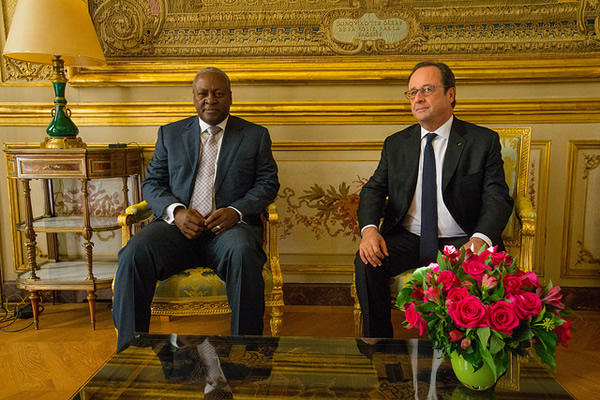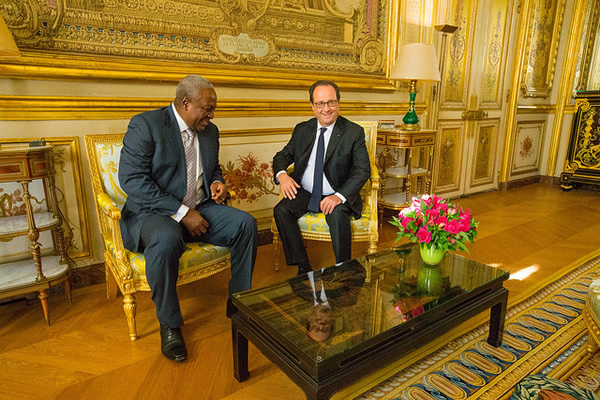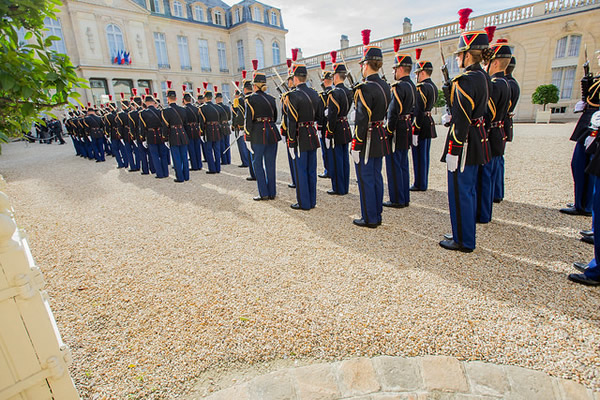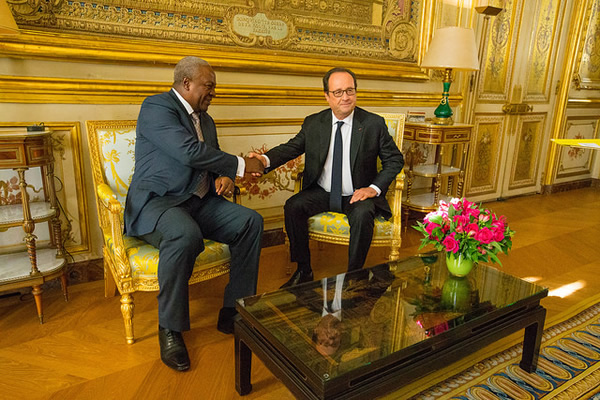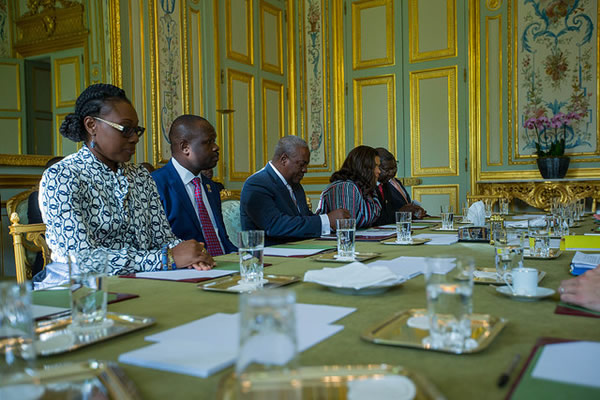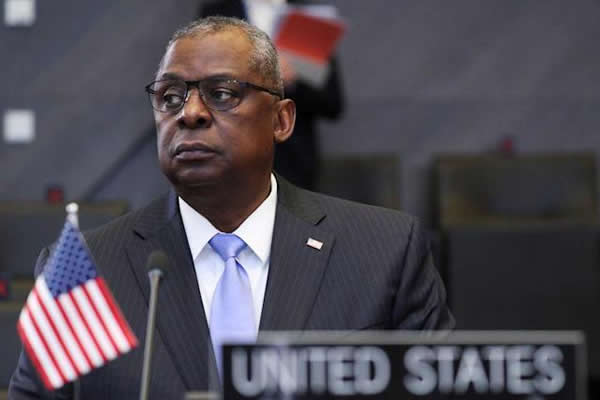
U.S. Defense Secretary Lloyd Austin slipped unannounced into Kyiv on Monday in a brazen display of Western solidarity to reassure Ukrainian leaders that the United States will continue to support their country’s fight against Russia’s invasion.
Austin was greeted at the train station in Kyiv by the U.S. ambassador to Ukraine, Bridget Brink, and the U.S. defense attache, Brigadier General Kipling Kahler, and joined on the trip by U.S. General Christopher Cavoli, who serves as the NATO Supreme Allied Commander Europe and the head of U.S. European Command.
Senior U.S. defense officials said Austin came to Kyiv to discuss the immediate winter fight and to plan for future security assistance.
“We are continuing to provide a regular battle rhythm of security assistance, and we are planning to be able to do that throughout the winter,” said a senior defense official who spoke to reporters on condition of anonymity due to security concerns for the trip.
The visit, Austin’s first since April 2022, comes as the onset of winter has Ukrainian and Western officials convinced that Russian President Vladimir Putin will resume targeting critical infrastructure as he did last winter, leaving many Ukrainians without power on some of the coldest days of the year.
“One of the most important capabilities this winter will be air defense,” a second senior defense official told reporters traveling with Austin, and speaking under the same conditions of anonymity. “We’ve been able to surge air defense equipment, but that doesn’t mean that there aren’t still needs and that there won’t still be needs in the coming months ahead.”
An onslaught of nearly 40 Iranian-made drones launched from Russian territory bombarded Ukrainian air defenses over the weekend.
Ukraine said its forces destroyed 29 of the 38 drones, but those that made it through Ukraine’s defenses struck multiple infrastructure facilities and caused power outages in more than 400 towns and villages throughout the country.
The drones attacked from the Odesa and Zaporizhzhia regions in the south, to the Chernihiv region in the north, near the border with Belarus. They also targeted Kyiv in the second attack so far this month, but all drones heading to the capital were shot down, Ukrainian officials said.
The Pentagon will continue to draw down from its current weapons and ammunition stockpiles to support Ukraine, but officials say that over the coming months, the United States also will be sending Ukraine a number of capabilities that were procured last year through contracting. Ammunition supplies have also increased, according to officials, due to Western improvements in production capacity.
Other countries say they are also surging capabilities, with Germany announcing earlier this month that it would deliver more crucial air defense systems by the end of this year.
In addition to air defense, officials hope to deny Russian forces an opportunity this winter to fortify their positions. Last winter, Russian fighters capitalized on a lull in the fighting by digging in on territory they controlled, causing some analysts to refer to the fight as a “stalemate.”
“I wouldn’t call it a stalemate. No. This is a dynamic battle,” a senior defense official said. “Ukraine continues to push and succeed on the battlefield against Russian forces. You’ve seen them continue to strike further behind Russian lines. … They are making inroads in disrupting Russian operations, in degrading Russian capabilities.”
The official pointed to the recent Ukrainian offensive in the Kherson region as an example of Ukraine’s ability “to create a disadvantage for Russian forces in an area where, frankly, their defenses are thinner.”
Ukrainian troops last week pushed Russian soldiers out of positions on the eastern bank of the Dnipro River and established several bridgeheads. Crossing the river with heavy equipment and supplies could give Ukrainian forces the opportunity to open a new line of attack on the most direct land route to Crimea, which was illegally annexed by Russia in 2014.
Although Moscow’s forces still control about 18% of Ukrainian land, the Ukrainian ambassador to the U.S., Oksana Markarova, told VOA last month that Kyiv’s forces had taken back more than 50% of its invaded territory.
The surprise visit to Kyiv also comes as Western support is at risk of wavering, especially as events in Israel and Gaza in the last month divert attention from the prolonged conflict in Europe.
Austin will host another round of the Ukraine Defense Contact Group virtually from the Pentagon this week. The Pentagon says more than 50 nations are expected to participate in the talks, which help Ukraine’s partners coordinate military aid sent to Kyiv.
There has been a growing reluctance in the U.S. Congress to send more military aid to Ukraine, although senior defense officials still point to “clear bipartisan support” for Ukrainian security assistance when speaking to their concerned Ukrainian counterparts.
“We continue to believe that Congress will provide that support, and we are planning based on that conviction,” said a senior defense official, while also acknowledging that should support for Ukraine aid change, the administration would have to reassess some of the longer-term military procurements planned for Kyiv.
The Pentagon has remained just as active on securing aid for Ukraine as it was before the conflict erupted in the Middle East because “Ukraine matters,” another senior defense official said.
“I keep hearing people, you know, coming up to me saying, ‘Oh, I guess you’re not as busy as before.’ That could not be further from the truth, and this trip is a testament to that,” the senior defense official added.
Source: voanews.com










